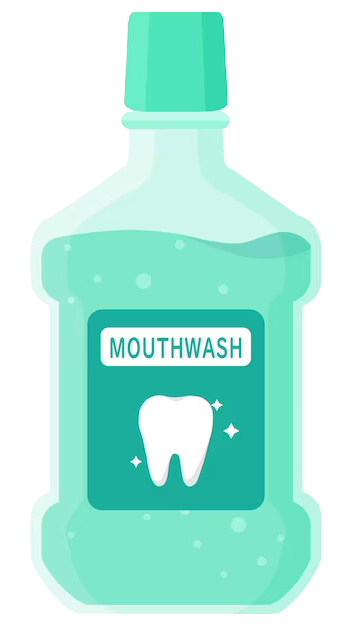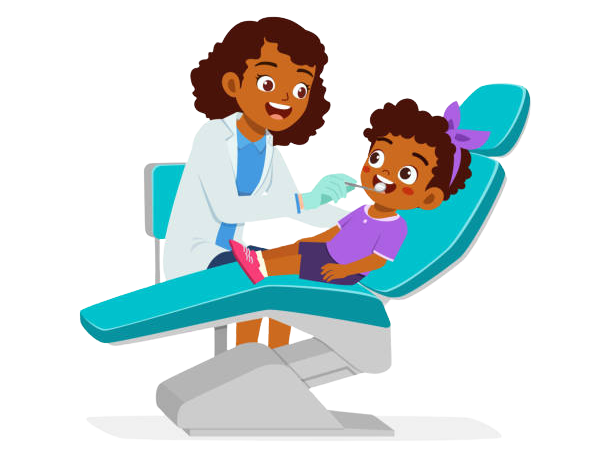Maintaining Oral Health
- jessicaaqian
- Oct 7, 2024
- 2 min read

A guide on good oral hygiene practices
1) Brushing
Using soft toothbrush with tapered tips bristles remove more plague
The Modified Bass Technique has shown to be more effective way of brushing;1) Keep the bristles at 45 degree angle to the long axis of the tooth, place the toothbrush at the gumline and brush using gentle vibratory motions in short back and forth movements, brushing 2 teeth at a time.2) Sweep the bristles towards the biting surfaces at the end of the vibratory stroke, to remove plaque from gemline and tooth3) Keep the tooth flat and in contact with the surface when brushing the biting surface. 4) Hold the toothbrush vertically upright when brushing the inner surfaces of the front teeth.
2) Use a Fluoridated ToothPaste
As fluoride is the component in toothpaste that prevents decay, use a fluoridated toothpaste.
3) Flossing
Flossing remove plaque in between teeth, accessing the tight spaces that a toothbrush cannot reach. Floss before brushing to reduce plaque between teeth and allow fluoride to enter those areas. Slide the floss between teeth, curve around one tooth and slide vertically, going slightly into the gums too. Avoid horizontal sawing motion to prevent injury to the gums.
4) Interdental/ Interspace Brushes
For those who have large spaces between teeth or have missing teeth, interdental or interspace brushes are more useful for removing plaque from those area.
Choose the right size: the brush should fit snugly in the area. Push the brush against the tooth and into the gums.
The brushes should be changed when the bristles lose their stiffness.
5) Mouthwash

Mouth rinses have different active ingredients that serve different function: Fluoride mouth rinse increase the fluoride concentration in the oral cavity, and may be recommended for those at a higher risk of tooth decay. Anti-plaque mouth rinse may decrease plaque and bacteria on the teeth and also target gum disease.
Mouth rinse may supplement regular brushing, but should not replace as the primal method of maintaining oral hygiene.
Side effect such as such as staining of the teeth, tongue, and fillings and change in the taste sometimes sensation have been observed in the use of certain mouthrinse, hence the advice of dental professionals should be sought regarding the usage of mouthrinses.
6) Regular Dental Visit

While the recommended dental check-up should occur once every 6 months, the frequency of dental visits should be discussed with your dentist and tailored for individual oral health conditions. Higher risk patients would need need to visit the dentist more frequently.
Diet is an important factor in the occurrence of tooth decay. Avoid sweet and sticky foods that would remain in your teeth for long period of time to be used as substrates for bacteria to break down. High frequency snacking between meals also increase the risk of tooth decay.
Written by: Kelsey Lim | Designed by: Ciao Mao Ting | Edited by: Jonathan Kuek








Comments